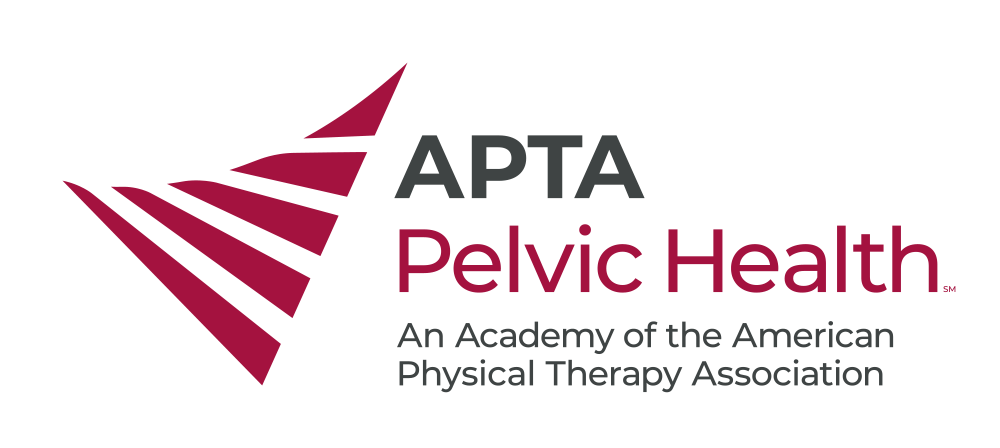Part 2: ICD -10 for the Pelvic Health Patient
Written by Kelly Huestis,PT,MPT
So, now that we’ve attempted ICD-10 with an incontinence patient, let’s try something a little more challenging: pelvic pain. Remember, not all codes are guaranteed payment or simple. While it may be tempting to have a list of frequently used codes, some have exclusions to be mindful of. Complete the full detailed search of the alphabetical and tabular indexes when first determining what code is appropriate.
I encourage you to chat amongst each other and share your ICD-10 experiences. Also, keep an eye on the SOWH website under “Practice”. We’re developing an ICD-10 section there for your reference with resources and tips.
Patient Example #2
Ms. Smith, a 25 y/o female, presents with diagnosis of pelvic floor spasm, dyspareunia and vulvodynia. Examination findings include pelvic floor muscle spasm, pain and multiple muscle triggerpoints, pain with penetration, and vulvar point tenderness. Previous ICD-9 codes for this patient may have been 728.85 muscle spasm, 729.1 myalgia, 625.0 dyspareunia, female and 625.70 vulvodynia.
Step 1: Find a code for Muscle spasm
a. Click on the Index of your zip file. Go down to “S”, “spasm”
b. Once you get to Spasm scroll down to “muscle” and see code for Muscle, NEC #M62.838.
c. Now click on the PDF listed Tabular
d. Click on chapter 13, Diseases of the Musculoskeletal System and Connective Tissue (M00-M99)
e. Click on M60-M63, Disorders of Muscles
f. Scroll down to M62, Other disorders of muscles. STOP here and look for any exclusions or coding guidelines. NOTE: Excludes1 Myalgia (M79.1). An Excludes1 note indicates that the excluded code should never be used at the same time as the code above the Excludes1 note. g. Proceed to scroll down to M62.838, Other muscle spasm. No other guidelines. No 7th character.
Step 2: Find a code for Myalgia
**Note that above, this is an excluded diagnosis if using M62.838, Other Muscle Spasm. This code may not be used for this patient if Muscle Spasm is used. The therapist should use clinical judgment to determine which code may be more appropriate for the above patient. If you choose to use Myalgia instead of muscle spasm, do the following:
a. Click on the Index of your zip file. Go down to “M”, “Myalgia” or “Myofascial Pain”
b. Once you get to Myalgia see code #M79.1
c. Now click on the PDF listed Tabular
d. Click on chapter 13, Diseases of the Musculoskeletal System and Connective Tissue (M00-M99)
e. Click on M70-M79, Other Soft Tissue Disorders
f. Scroll to M79.1, Myalgia to look for any additional exclusions. None listed are pertinent to this patient so M79.1 can be used.
Step 3: Find a code for Dyspareunia, female
a. Click on the Index of your zip file. Go down to “D”, “Dyspareunia, female”
b. See that this code is listed as #N94.1
c. Now click on the PDF listed Tabular
d. Click on chapter 14, Diseases of the genitourinary system (N00-N99)
e. Click on N80-N98 Noninflammatory Diseases of the female genital tract
f. Scroll down to N94.1, see no exclusions or additional characters are indicated.
g. N94.1 is your code.
Step 4: Find a code for Vulvodynia
a. Click on the Index of your zip file. Go down to “V”, “Vulvodynia”
b. See that this code is listed as #N94.819
c. Now click on the PDF listed Tabular
d. Click on chapter 14, Diseases of the Genitourinary System (N00-N99)
e. Click on N80-N98 Noninflammatory Diseases of the female genital tract
f. Scroll down to N94, Pain and other conditions associated with the female genital organs and menstrual cycle
g. Scroll down to N94.8, Other specified conditions associated with femal genital organs and menstrual cycle. Below this is N94.81, Vulvodynia with several other coding options that are more specific: vulvar vestibulitis, non-specific vulvodynia, etc. For this particular case, we will choose N94.819 vulvodynia, Unspecified.
h. N94.819 is your code.
KEEP YOUR EYES OPEN
Keep your eyes on the Section on Womens Health Blog and our upcoming ICD-10 webpage under the Practice section for more details and samples, top 10 ICD-10 crosswalks, and other helpful links.


